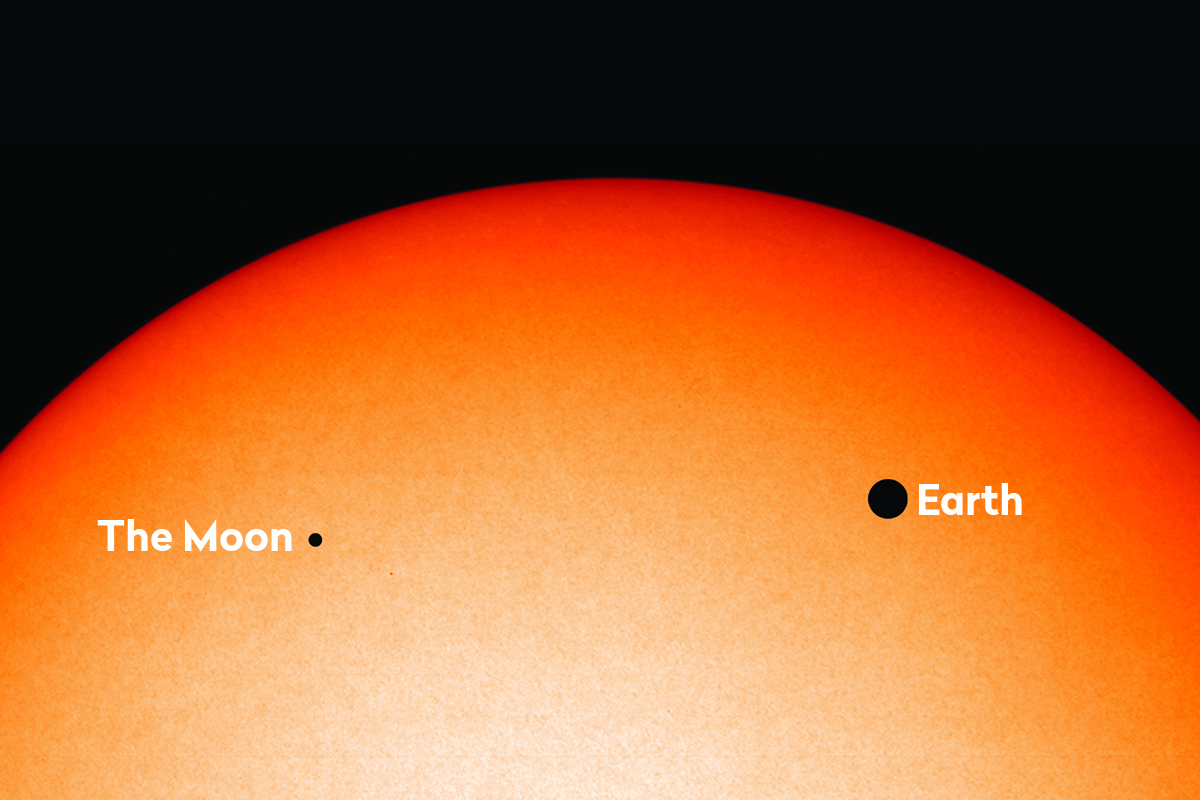NASA’s Curiosity Mars rover has captured an amazing image showing one of Mars’s moons, Phobos, in the Martian sky, with Earth visible in the same view.
Curiosity rover captured the image of Phobos and Earth using its Mastcam camera on 5 September 2024, the 4,295th Martian day – or ‘sol’ – of its mission on the Red Planet.
The larger body in the image is Phobos, one of Mars’s two moons, while the smaller body to its right is Earth.
In the image, Earth is setting below the horizon, while Phobos is rising.
The image was produced by stitching together 5 short exposures and 12 long exposures.
It shows the Martian sky over Texoli, a butte on lower Mount Sharp, a mountain 5km (3 miles) tall that Curiosity has been ascending since 2014.
NASA says that, from the rover’s perspective, the inset area would be about half the width of a thumb held at arm’s length.

Images of Earth from Mars
“Look again at that dot. That’s here. That’s home. That’s us.”
When Carl Sagan spoke those now famous words in reference to the Voyager 1 image of Earth captured from a distance of 6.4 billion kilometres (4 billion miles) away, it was a plea to humanity to put aside its differences and work together for the common good.
From our perspective on the ground, Earth is almost indescribably big, yet within the context of the Universe, it is indescribably small.
Even from the view of a lone rover on our planetary neighbour Mars, Earth looks tiny.
Yet this latest view of Phobos and Earth captured by Curiosity isn’t the first image of Earth captured from Mars.

Curiosity captured an image of Earth in Mars’s sky back in 2014, which you can see above.
And even further back, the Mars Global Surveyor captured an image of Earth and our Moon from its orbit around Mars, visible below.
In the Mars Global Surveyor image, Earth is seen to exhibit a phase, just as Venus and Mercury (and, indeed, our Moon) do when viewed from Earth.

From Earth, Venus and Mercury exhibit phases because they are inner – or ‘inferior’ – planets. And from Mars’s perspective, Earth too is an inner planet.
Future stargazers on on the Red Planet may be able to photograph and record Earth’s phases, and even observe transits of Earth across the Sun from Mars.
But for now, these images of Earth as a tiny dot as seen from Mars are a reminder of our planet’s fragility and relative insignificance within the wider Universe.

What are your favourite images of Mars? Let us know by emailing contactus@skyatnightmagazine.com